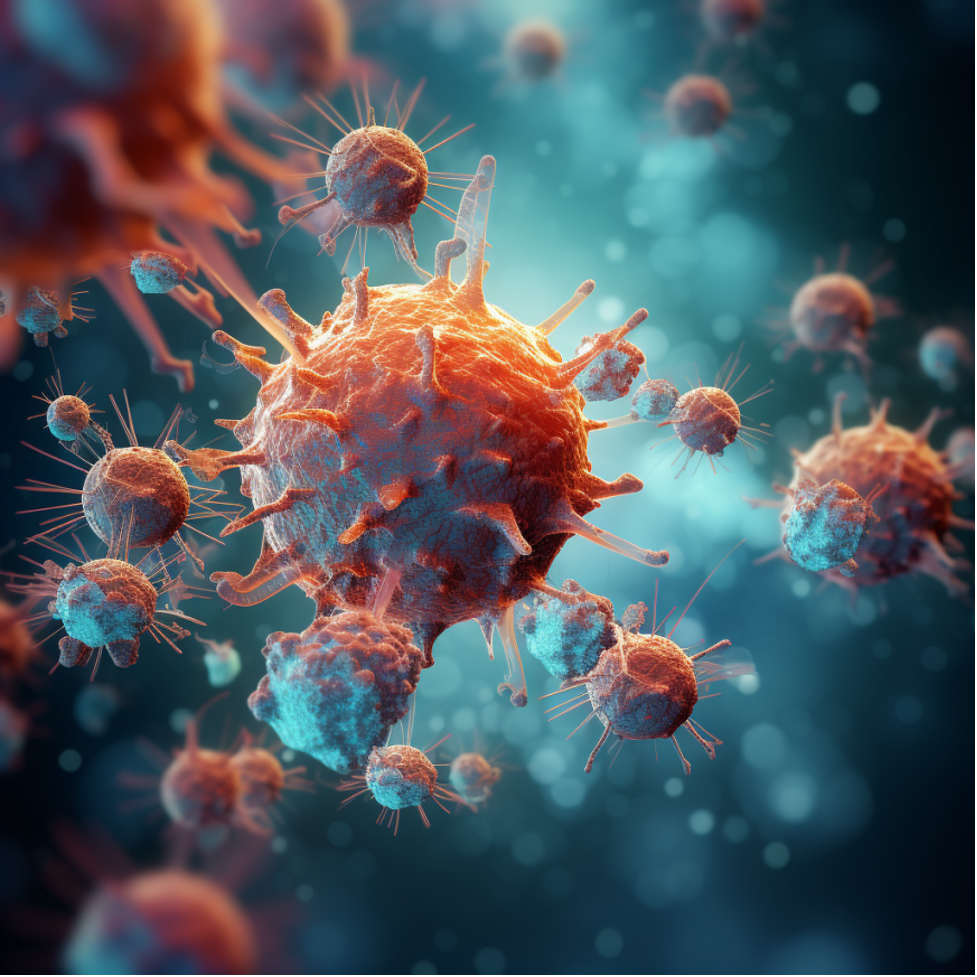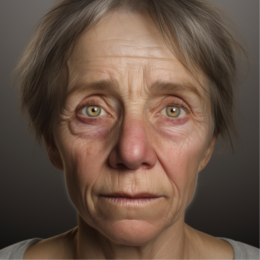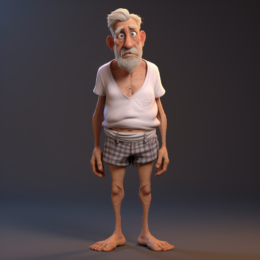How Long Does It Take HIV to Turn into AIDS?

We’ve all heard the scary terms—HIV, AIDS—but what do they mean? How fast does HIV progress to AIDS? What’s the role of treatment?
Meet Sarah, a mother of two and a teacher, who was diagnosed with HIV a couple of years ago. Let’s break down some myths and reveal the truth. How Common Is It for HIV to Turn into AIDS?
First things first, let’s put it out there: not everyone with HIV progresses to AIDS. Thanks to advancements in antiretroviral therapy (ART), many people with HIV live long, fulfilling lives without ever reaching the AIDS stage.
Statistics:
- About 1.2 million people in the United States have HIV.
- Only about 13% of these cases will advance to AIDS if left untreated.
- Over 60% of new HIV infections are among men who have sex with men.
Sarah, our teacher, was taken aback when she learned she was part of these statistics. She had gone in for a routine check-up and was shocked when her results came back positive for HIV.
How Long Can You Live with HIV Without Treatment?
Time is of the essence when it comes to HIV. Untreated, the average survival time after contracting HIV is estimated to be 9 to 11 years, according to the Centers for Disease Control and Prevention (CDC). However, this can vary widely between individuals. Sarah, for example, had no apparent symptoms of HIV, which is why her diagnosis came as such a surprise.
Statistics:
- People on ART have life expectancies that are almost as long as those without HIV.
- The earlier the treatment starts, the better the outcome.
How Long Does It Take HIV to Turn into AIDS?
This is the big question. Typically, without treatment, HIV can progress to AIDS in 10 years, though it may be faster for some people. The critical factor in slowing this progression is treatment. With influential ART, the advance from HIV to AIDS can be halted or even reversed.

What Are the First Signs of HIV?
Often, the initial signs of HIV are subtle and can easily be mistaken for a flu-like illness. Symptoms might include fever, fatigue, and sore throat. But remember, some people don’t show any symptoms at all, much like Sarah, who didn’t experience any early signs of HIV before her diagnosis. It’s crucial to get tested if you think you might have been exposed, as early detection and treatment are vital.
Quick Poll
Sarah was fortunate; she started her treatment early and managed to keep her viral load low. She remains in the asymptomatic stage of HIV.
Is HIV Curable?
While there’s no definitive cure for HIV yet, it is manageable. Treatment has evolved to a point where HIV is considered a chronic but manageable condition. So, no, it’s not the end of the world when someone is diagnosed with HIV.
Getting Tested
Sarah’s story reminds us all of the importance of getting tested. Early diagnosis leads to early treatment, which can keep the virus at bay. The stigma around HIV/AIDS still exists, but getting tested should be normalized. Many healthcare centers offer free testing, which should be a part of regular healthcare check-ups.
Conclusion
If you or someone you know is dealing with HIV, remember that early testing and treatment are your best friends. Knowledge is your weapon, and with the right information, HIV doesn’t have to control your life. So don’t shy away from those uncomfortable but necessary conversations with your healthcare provider. Ask about symptoms of HIV, and inquire whether you should get tested.
PLEASE SHARE YOUR EXPERIENCE AND THE COMMENTS BELOW SO WE CAN HELP EACH OTHER WITH THE KNOWLEDGE YOU HAVE GAINED.
References
- Centers for Disease Control and Prevention. (2021). HIV Basics.
- World Health Organization. (2021). HIV/AIDS.
- Mayo Clinic. (2021). HIV/AIDS: Overview.





